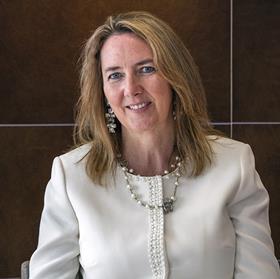The built environment covers a diverse range of buildings, from listed historic ones through to the latest in new builds, but the focus must be on decarbonising existing stock, given that 80% of our building requirements for 2050 have already been constructed.

In design and construction terms, we need to consider not only carbon emissions, but embodied carbon. Opinion varies over the built environment industry’s responsibility to address this energy ‘in use’, so even getting the baseline right is not straightforward.
Green finance has taken centre stage, offering a transition to a low-carbon economy, but it needs to become the norm. With green bonds being oversubscribed there is a real appetite for sustainable finance.
CBRE UK’s recently launched report ‘Environmental and social sustainability goals in UK real estate decision-making’ explored the findings of a recent CBRE survey of 220 UK clients. Interestingly, 80% of real estate clients are already making decisions now about the regulatory requirements relating to climate change that will be put on them, but 60% are driving towards net zero even though that isn’t a requirement.
Owners and occupiers can drive positive changes with green leases and technology
What was also interesting was that there were some key areas where tenants were willing to pay more than landlords expected.
From this, we can conclude that owners and operators can drive significant positive changes with green leases and technology.
Opinion is divided
So, are we doing everything we can as a sector? On one hand, the CBRE survey suggests that real estate is going ‘above and beyond’ what is necessary, because we believe in the cause in terms of it being a ‘top three driver’. On the other hand, real estate is also in some instances doing the bare minimum necessary, because of the cost and risk of doing more – only 57% said they were making decisions about whether their buildings could be made net zero, for instance.
With only 10% of respondents saying that reducing actual in-use energy consumption was similarly important, it is evident that we are not there yet.
It seems that the real estate industry now has clarity about the problem – investors and occupiers alike are clear that there is added value in sustainability in real estate. But what is also obvious is that there is no one-size-fits-all solution and results will be driven by investment coming into real estate, coupled with the increasing demands of occupiers.
COP26 has inevitably provided a real focal point.
What is key now is that we don’t lose momentum. We must build out to reflect the challenging realities and action is needed to avoid assets and funds becoming stranded in the future.
We have the baseline – sustainability has value – now it’s time to act.
Amanda Clack is an executive director and head of strategic advisory at CBRE





























No comments yet